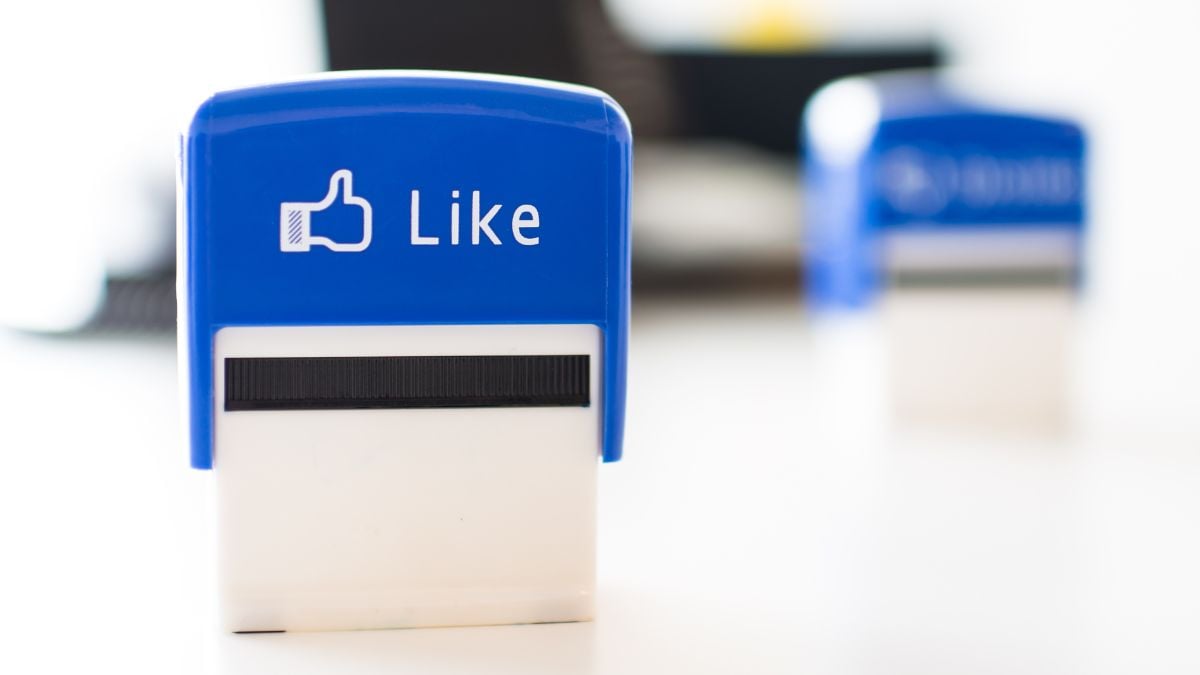
When we think of Facebook, we usually see it as a platform that generates billions of dollars in advertising revenue. However, we rarely stop to analyze how much Meta Platforms (Facebook’s parent company) invests in its own advertising and marketing to maintain its dominance in the digital ecosystem.
Today, using the most recent data from Statista, we take a detailed look at Facebook’s investment figures in these two critical areas for its growth and positioning.
READ ALSO. Top 10 Marketing Skills for 2025 (According to Global CMOs)
How much does Facebook invest in direct advertising in 2024?
According to the Statista report, Meta invested $2.06 billion in its own advertising in 2024. This figure represents a slight increase compared to the previous year, when spending reached $2.02 billion, but it is significantly lower than in 2022, when the company allocated $2.65 billion to this category.
Historically, Meta’s ad spending has grown steadily. In 2014, for example, the company invested just $135 million in direct advertising. A decade later, that number has increased nearly 15-fold.
This evolution reflects the importance the company places on promoting not just Facebook, but also other platforms within its portfolio, such as Instagram, Messenger, WhatsApp, and now Threads.
READ ALSO. How much do companies invest in marketing? Key facts
How has Facebook’s spending on marketing and sales evolved?
Beyond direct advertising, Meta also allocates a robust budget to its marketing and sales department. In 2024, reported spending in this area was $11.35 billion. While this amount may seem massive, it actually represents a decrease from the $12.3 billion invested in 2023.
Over the past decade, this investment has followed an upward trajectory. In 2010, Facebook spent only $167 million on marketing and sales. By 2018, that figure had exceeded $7.8 billion. The historical peak came in 2022, with more than $15 billion invested in this category.
The recent decrease could be due to various factors: cost optimization efforts after post-pandemic economic slowdowns, greater efficiency through owned and earned media, or strategic shifts in brand positioning campaigns.
READ ALSO. 10 Ultimate Tips for Your Content Marketing Strategy in 2025
What is Facebook focusing on when investing in advertising and marketing?
Facebook’s ad spending isn’t just aimed at user acquisition. In fact, Meta invests in various strategic fronts:
1. Promotion of new products and services:
For instance, boosting adoption of new ad formats, pushing Facebook Reels, or positioning e-commerce functions within the platform.
2. Strengthening brand image:
Amid ongoing debates about privacy and misinformation, Meta devotes part of its budget to institutional campaigns designed to improve public perception of the company and its apps.
3. Talent acquisition and developer engagement:
Campaigns aimed at attracting engineers, AI developers, and tech specialists are part of Meta’s corporate marketing efforts.
4. Market education:
Meta also invests in free training programs, like Blueprint, to teach businesses how to use its advertising ecosystem—a strategy that indirectly expands its advertiser base.
READ ALSO. 10 Google tips that are worth their weight in gold for your marketing strategy
What percentage of Meta’s total revenue is spent on marketing and advertising?
While the investment figures are impressive, placing them in context with Meta’s total revenue gives us a better sense of scale. In 2024, Meta reported over $162.4 billion in revenue.
This means its combined marketing and advertising expenditure accounts for approximately 8.2% of its annual revenue. This percentage aligns with standards from other tech giants like Amazon and Google, which also allocate between 6% and 10% of their revenue to promotion and marketing.
In other words, although Meta spends billions to promote itself, its profitability remains extremely high—underscoring the efficiency of its business model.
How does this investment impact Facebook’s brand positioning?
The impact of these investments is clearly reflected in Facebook’s brand value. According to Statista, in 2024, Facebook’s brand value reached $75.7 billion, a 28% increase compared to the previous year.
Facebook remains among the top 10 most valuable brands in the world and in the top three media brands, only behind Google and TikTok. This positioning would not be possible without consistent and well-planned spending on advertising, branding, and marketing.
Although Meta’s ad and marketing spending has slightly declined over the past two years, it remains strategic, strong, and adaptable. The company continues to invest in reinforcing its platform ecosystem, launching new products, improving its reputation, and staying competitive amid digital market shifts.
For marketers, these figures offer a key lesson: even the most established tech giants understand that consistent investment in advertising and marketing is essential to sustain long-term growth.








